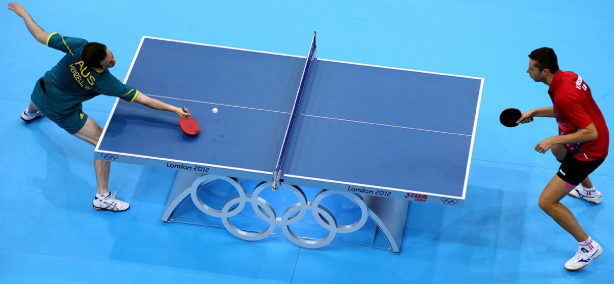When most people think about betting, these people are typically sports fans, and so the only options that come to mind are their favorite sports or the ones that collect eyeballs around the world. However, there are a lot of opportunities for better control and extra advantages that bettors don’t often enjoy in the more dominant sports. For that reason, these overlooked sports lack the stark competition bettors would otherwise have to face. In addition to that, there are mispriced lines and underdeveloped markets in terms of research, revealing golden opportunities.
In this article, we’ll explore why these less heralded sports deserve more attention from bettors, the untapped value they offer, and how to capitalize on them.
Why Underrated Sports Offer Value
When you’re a sharp bettor, you take advantage of an opportunity whenever you see it. This is because you’re already paying the sportsbook the juice and they are very savvy about where to set the line to keep from being milked for all they’re worth. And frankly, top-flight betting contours, such as Odds96, have access to info and resources that the people placing bets with them simply don’t, which they bet these lines on. As a result, even maintaining a 55% win rate is a stupendous feat, while failing to reach 53% in most cases means you’re in the red overall.
The information they create these lines off of comes from data providers, who literally specialize in information collection and selling it to those betting contours. They use AI collecting all sorts of things, from player running speed to injuries to slugging percentage and an endless list of other factors.
Soft Markets
Enter, small-market and niche sports. These are what you call “soft” markets. What separates these from the big ones is oddsmakers invest less time and data, and where the volume of action is significantly lower. This creates opportunities for value. With fewer sharp bettors focusing on these sports and less money moving the lines, it’s easier for well-prepared individuals to find and exploit errors in pricing.
Take table tennis or darts, for example—sports with limited mainstream media attention and far less analytical coverage. Because of this, bookmakers may rely on less reliable data or even automated models, E-sports in turn despite growing rapidly, it still lacks in the consistency and depth of analysis found in traditional sports, rendering it thereby vulnerable to inefficiencies, especially around lineup changes, meta shifts, or sudden form slumps.
Table Tennis
For those who either enjoy playing or watching table tennis or are willing to commit to doing so, it offers certain endearing qualities. When it comes to FIFA, the NFL, and the NBA, fans have to wait the entire year until they come on to watch them and thus be able to bet on them. Table tennis is a completely different story, with matches happening on a daily basis at any time of day. It’s played everywhere, from Colombia to Germany to China. The number of matches is vast.
A lot of gamblers nowadays also prefer quick matches and don’t like having to wait to see their bets play out. Table tennis answers that call, with matches wrapping up in as little as 30 minutes or less.
Outwitting the Rest
Live odds fluctuate rapidly, and those who are watching closely can spot momentum shifts before the bookmakers adjust. For instance, if a player is showing signs of fatigue or frustration mid-match—missing easy shots, taking longer between serves—that can be a clue to bet against them before the odds reflect their dip in form.
Unlike other big sports where injury reports and stats are dissected til the cows come home, dedicated bettors can track players and follow specific leagues like Russia’s Setka Cup and recognize form trends to outsmart the public, sometimes even the bookmakers.These sets can swing in the opposite direction really quick too. If a bettor sees this, he can leverage set betting or handicap betting to up their odds.
Table tennis proved its resilience by never stopping even during COVID, which won it more attention.
Darts
This is more than just the pub game you may imagine it as. If you invest deep into your own analytics, you can own the competition.
There are a lot of stats to bet on besides just the winner, like:
- Total 180s (number of maximum scores in a match),
- Highest checkout (the biggest score used to finish a leg),
- Correct leg or set score,
- First to hit a 180, and
- Player checkout percentages
Suppose you know a player consistently starts slow but finishes strong, there’s potential value in betting against them in early legs and on them later in the match, where the odds may not fully reflect that pattern. Darts is a sport of rhythm. A player in form can dominate multiple legs in a row; a player off their rhythm can struggle badly, even against inferior opponents. Because darts players perform alone, without teammates to rely on, confidence and mental momentum are everything.
Lagging Odds Adjustments.
Darts is heavily subject to rhythm. With short legs and frequent scoring, odds adjust constantly—but not always fast enough. If you’re watching live and see a player’s scoring dip or their checkout attempts falter, there’s a window to bet on their opponent before the market reacts.
Momentum is visible and measurable in darts—watching the first few legs of a match gives valuable insight into each player’s confidence and consistency that’s often not reflected in pre-match lines.
Psychology
Few sports are as psychologically revealing as darts. Pressure moments—like finishing a leg or playing on stage in front of a loud crowd—can make or break a player. Some players thrive under the spotlight; others crumble. And since darts matches are often played in tournament settings, fatigue or emotional burnout can carry over from one match to another.
Esports
This sport has become a huge, meteoric sensation in recent years, as many youngsters grow up playing video games rather than traditional sports. Therefore, they gain an appreciation for difficulty and those that master their favorite games. At the same time this has already become a billion-dollar global industry complete with sponsorships and massive viewership. Some of the biggest titles are:
- Counter-Strike Global Offensive
- League of Legends
- Dota 2
- Valorant
A Young Market with Shaky Odds
Many bookmakers still treat esports as an add-on rather than a serious focus. Odds are often generated using basic team rankings, win/loss records, or even third-party data without much manual adjustment. If you follow team news, know when a team is trialing a new player, recognize a shift in map pool preferences, or track which patch the game is currently on, you know something a lot of other people don’t. And that’s worth cash.
Esports games are constantly updated—new champions, weapon balances, hero reworks, or gameplay mechanics can dramatically alter how matches play out. In League of Legends, for instance, a new patch might buff tanky champions and nerf assassins. Teams that rely on aggressive early-game comps could suddenly find themselves outmatched, while slow-scaling, macro-oriented teams might flourish.
These meta shifts often happen overnight, but oddsmakers don’t always adjust quickly. Bettors who read patch notes, watch scrims, and understand which teams adapt well can spot mismatches days in advance—before the public and even the books react.
Team Dynamics
Esports teams are often made up of young players, so team cohesion goes fragile sometimes. Lineup changes, internal disputes, burnout, and even visa issues can heavily affect performance. These disruptions may be obvious to insiders or fans who follow the scene closely on Reddit, Twitter, Discord, and the like — but remain hidden from casual bettors and bookmakers.
Information asymmetry is massive in esports. A Reddit leak about a team’s internal struggles or a player’s stream hinting at benching might sound minor, but it can have a major impact on a team’s performance. Sharp bettors who stay plugged into the community can capitalize on this kind of soft intel, particularly before line movement catches up.

